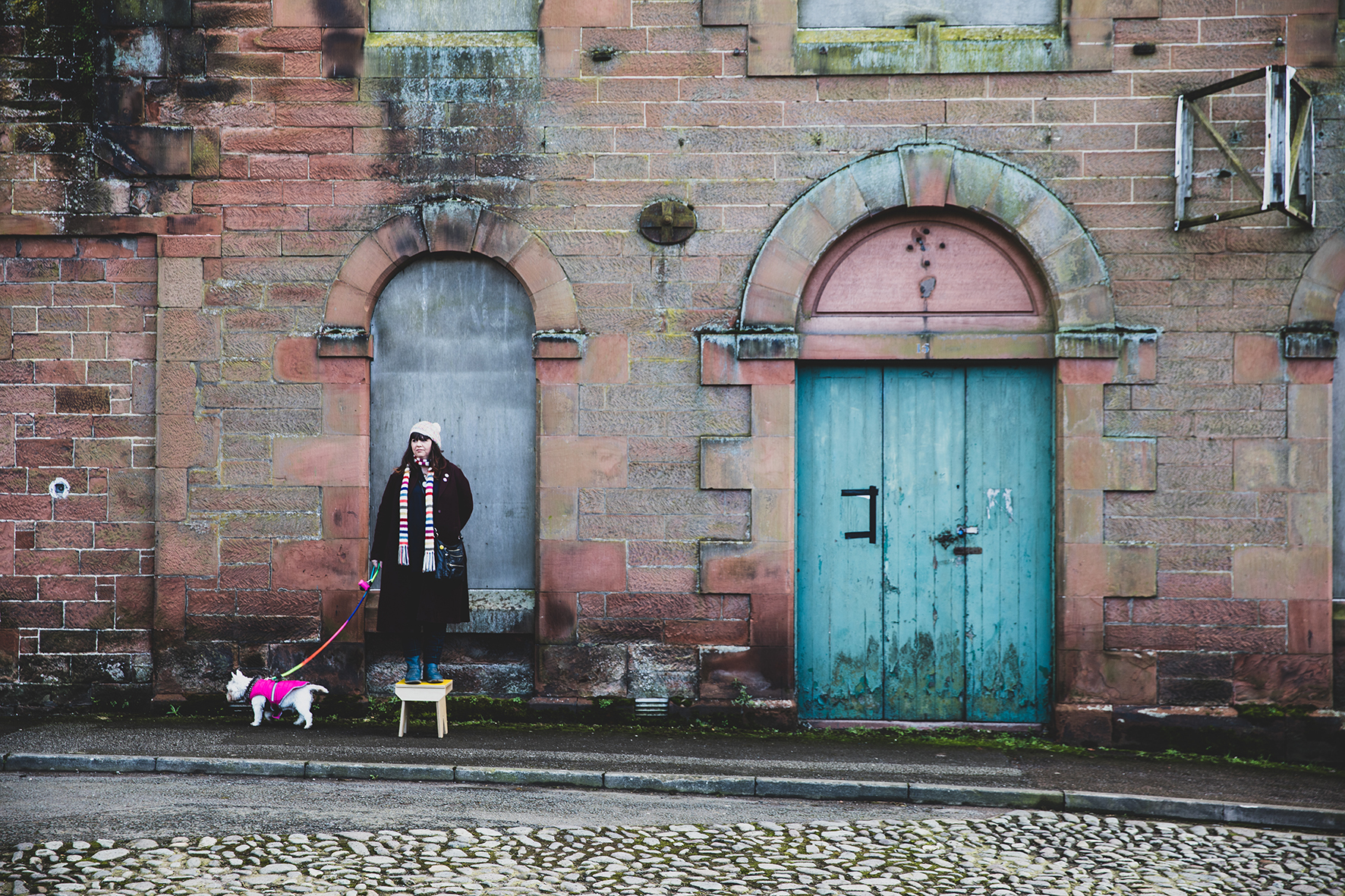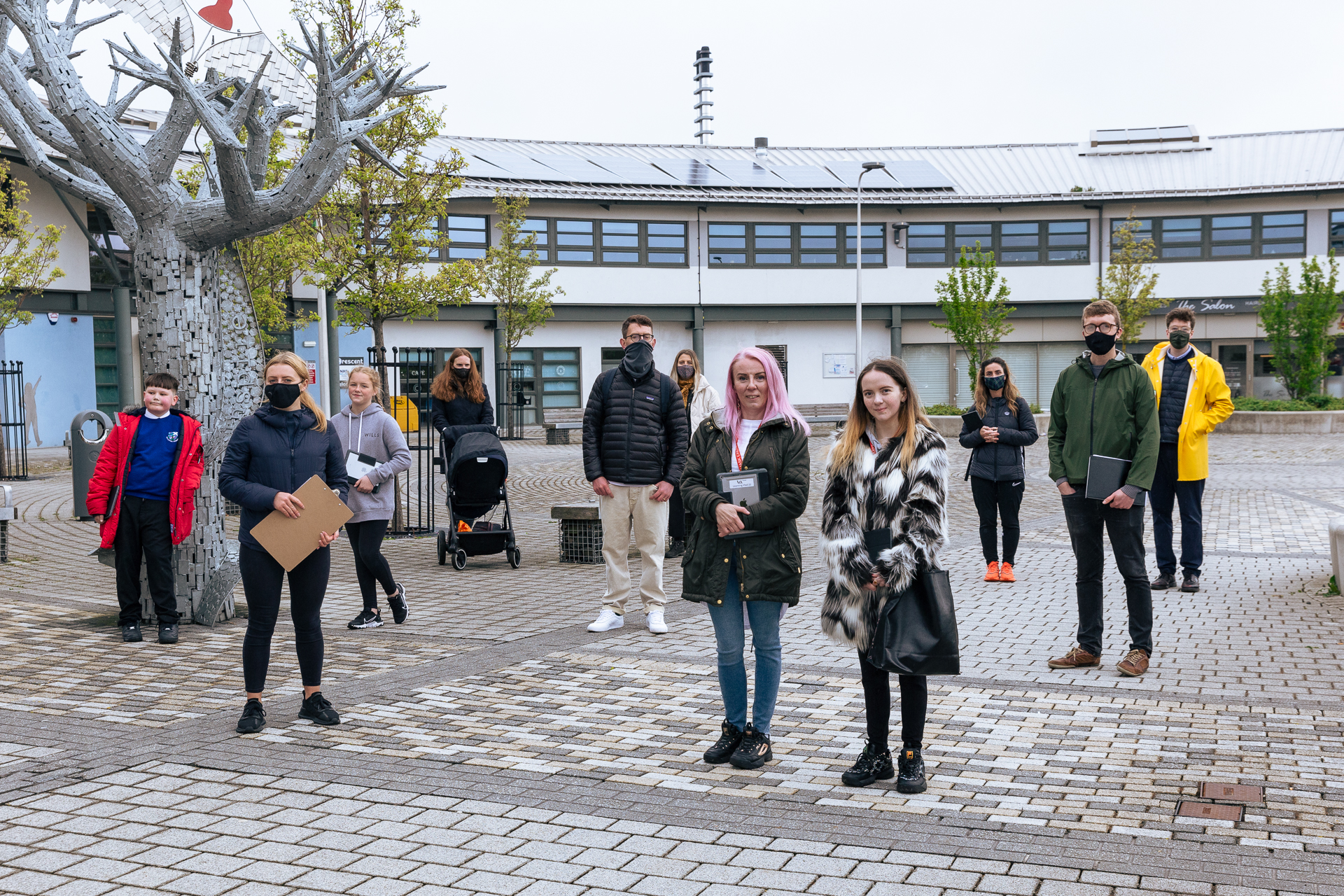Dundee did not appear on the original list of five geographical targets for the ‘What If…?/Scotland’ project. However, when the decision was taken to exhibit the results at the V&A Dundee (instead of the Venice Architecture Biennale, which had been the original, pre-covid, plan), the city was added as a sixth location.
Hosted by the V&A’s learning team, ‘What if… Dundee’ focussed on the North East and East End wards of the city, where a major new campus, which would include two secondary schools and a community hub, was being planned.
New campus
Chris Lewis, schools development officer at V&A Dundee, said: “The new campus is not only going to impact young people, it’s important for families, older people, recreational activities, lifelong learning. We felt that if we could engage as many as possible of these end-user groups, we would be doing exactly what ‘What If…’ is intended to do – to give them a voice in what is being planned in their city.”
While the format of the consultation remained the same – citizens were matched with architects and designers who walked with them around their community, discussed their dreams and wishes, then worked up a sketch of their idea – in Dundee, the scale was more ambitious. Instead of one engagement day with five citizens, there were five days across the spring and summer of 2021, resulting in 25 ideas.
Rediscovering green spaces
There’s no doubt that a year of lockdowns helped inform the proposals put forward. “The idea of appreciating or rediscovering green spaces in communities was one which came up again and again,” Chris Lewis said. “Each walk we went on ended up in a green space, whether a play park, a wasteland or a formal park that might be a bit underused.”
Aiesha Duncan, a final-year student in Digitial Interaction Design in Dundee, who took part in ‘What If… Dundee’ as a designer, said: “Quite a few people were talking about environmental things, upcycling, helping the community. There was a sense that people were talking to each other less after the pandemic, new people were finding it harder to get to know people. They wanted to build up communities to where they used to be before covid.”
Recognisable outcomes
As well as gathering data which could be fed back into the planning process for developing the new campus, the ‘What If… Dundee’ team were determined that the project would have outcomes citizens could recognise.
A conversation from an early visit to Whitfield stuck in Chris Lewis’ mind. “One lady said, ‘These things have been happening for 20 or 30 years. People come in, do a consultation, then leave and we don’t hear anything more about it.’ The data might have been used in a constructive way but the participants don’t get to see the next stage.”
We will…
That helped drive the decision to host a sixth event in October, this time at the V&A itself, inviting all the citizens who had taken part in workshops as well as city leaders and decision-makers. Working in mixed groups, they selected ideas from the initial 25 and put them through a design process. The event finished with “We will…” a shared resolution to move things forwards.
Chris said: “We wanted to avoid it becoming one of these things where everyone says ‘thanks very much’, has a sausage roll and goes home and the participants never hear anything about it again. We presented the ideas and scrutinised them, asked: ‘How do we begin to make that even the beginning of a reality?’”
Potential for communities
Discussions have continued since. One school group even continued to hone their idea in the taxi back from the event, making it simpler, more practical. Lewis said V&A will stay in touch with the communities and support further discussions.
“The best outcome for ‘What If… Dundee’, barring these things actually getting built, is if we’ve made people think about the potential for their communities. People had already thought about things a lot, they knew exactly the things they wanted to see, what they liked and disliked. Now, what they say has to be listened to and considered and actions taken.”



